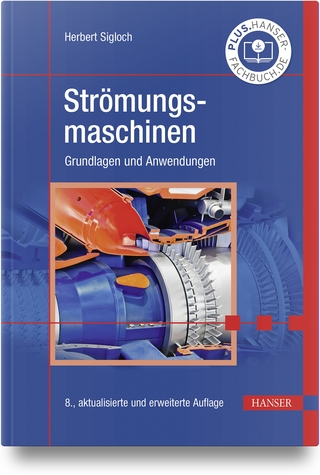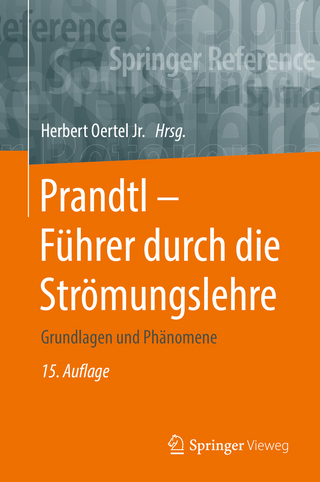
Self-Organised Criticality
Theory, Models and Characterisation
Seiten
2012
Cambridge University Press (Verlag)
978-0-521-85335-4 (ISBN)
Cambridge University Press (Verlag)
978-0-521-85335-4 (ISBN)
Providing an overview of numerical and analytical methods, from foundations to applications, this book is an easy access point to important results and sophisticated methods. Written for graduate students and practising researchers in physics, mathematics, biology, sociology, finance, medicine and engineering, it gives a practical, hands-on approach.
Giving a detailed overview of the subject, this book takes in the results and methods that have arisen since the term 'self-organised criticality' was coined twenty years ago. Providing an overview of numerical and analytical methods, from their theoretical foundation to the actual application and implementation, the book is an easy access point to important results and sophisticated methods. Starting with the famous Bak-Tang-Wiesenfeld sandpile, ten key models are carefully defined, together with their results and applications. Comprehensive tables of numerical results are collected in one volume for the first time, making the information readily accessible to readers. Written for graduate students and practising researchers in a range of disciplines, from physics and mathematics to biology, sociology, finance, medicine and engineering, the book gives a practical, hands-on approach throughout. Methods and results are applied in ways that will relate to the reader's own research.
Giving a detailed overview of the subject, this book takes in the results and methods that have arisen since the term 'self-organised criticality' was coined twenty years ago. Providing an overview of numerical and analytical methods, from their theoretical foundation to the actual application and implementation, the book is an easy access point to important results and sophisticated methods. Starting with the famous Bak-Tang-Wiesenfeld sandpile, ten key models are carefully defined, together with their results and applications. Comprehensive tables of numerical results are collected in one volume for the first time, making the information readily accessible to readers. Written for graduate students and practising researchers in a range of disciplines, from physics and mathematics to biology, sociology, finance, medicine and engineering, the book gives a practical, hands-on approach throughout. Methods and results are applied in ways that will relate to the reader's own research.
Gunnar Pruessner is a Lecturer in Mathematical Physics in the Department of Mathematics at Imperial College London. His research ranges from complexity, through field theoretic methods and applications, to synchronisation and the application of statistical mechanics in the medical sciences.
1. Introduction; 2. Scaling; 3. Experiments and observations; 4. Deterministic sandpiles; 5. Dissipative models; 6. Stochastic sandpiles; 7. Numerical methods and data analysis; 8. Analytical results; 9. Mechanisms of SOC; 10. Summary and discussion; Index.
| Zusatzinfo | 22 Tables, black and white; 85 Halftones, black and white |
|---|---|
| Verlagsort | Cambridge |
| Sprache | englisch |
| Maße | 192 x 253 mm |
| Gewicht | 1280 g |
| Themenwelt | Naturwissenschaften ► Physik / Astronomie ► Strömungsmechanik |
| Naturwissenschaften ► Physik / Astronomie ► Thermodynamik | |
| Technik ► Maschinenbau | |
| ISBN-10 | 0-521-85335-4 / 0521853354 |
| ISBN-13 | 978-0-521-85335-4 / 9780521853354 |
| Zustand | Neuware |
| Haben Sie eine Frage zum Produkt? |
Mehr entdecken
aus dem Bereich
aus dem Bereich


